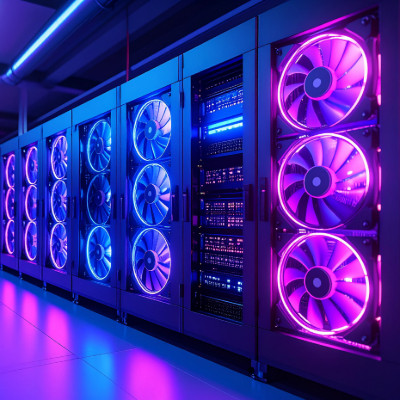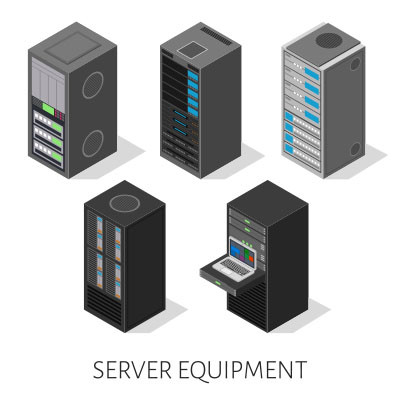Many modern businesses rely on in-house server hardware, enjoying the perceived sense of security it provides. After all, you can see it, you can touch it, your data is literally at arm’s reach… what could happen?
Well, a brownout… and that’s just for starters.
While there are many benefits to an in-house infrastructure, there are also many shortcomings. For one, your business is among the most dangerous places to store your data.




















